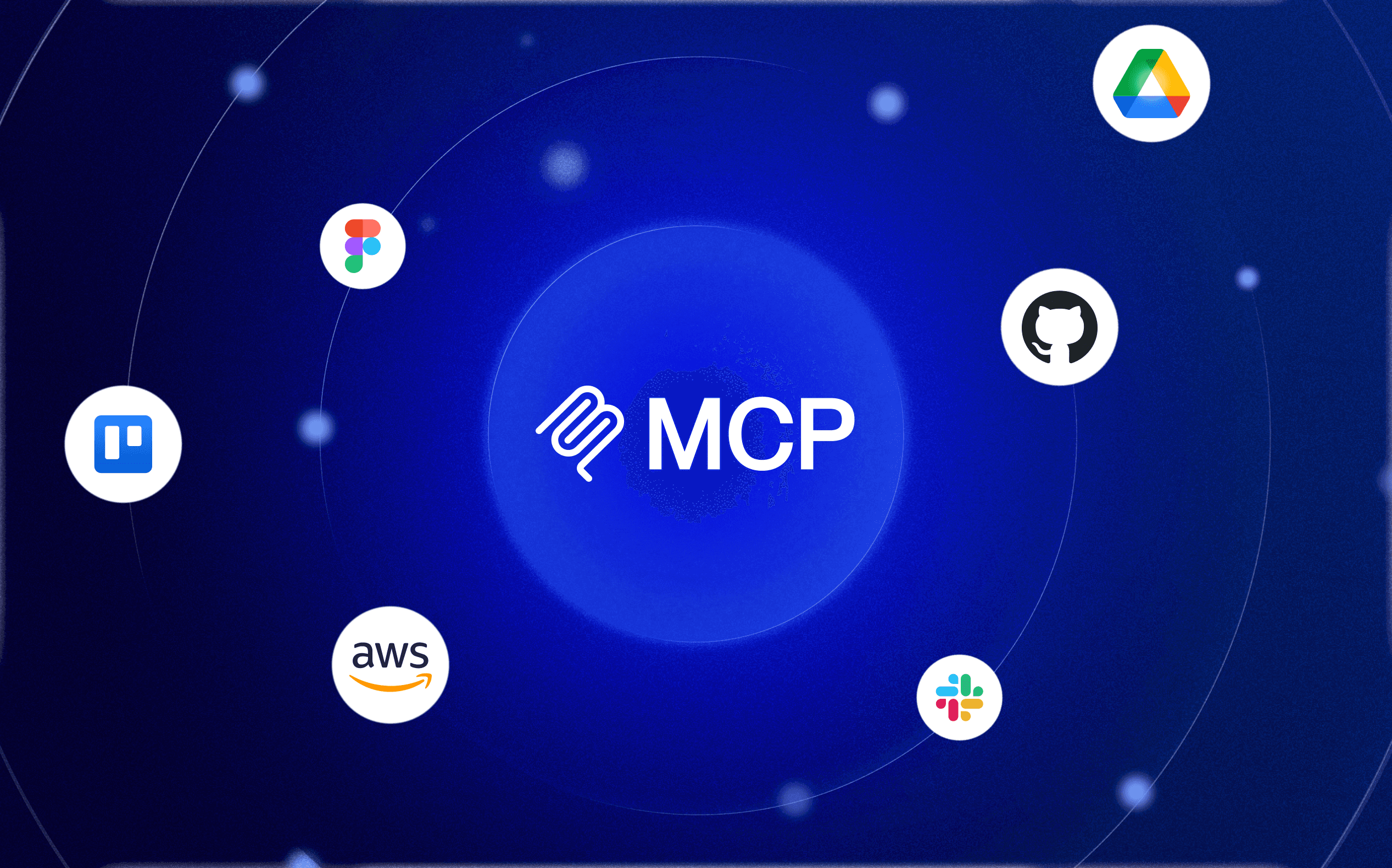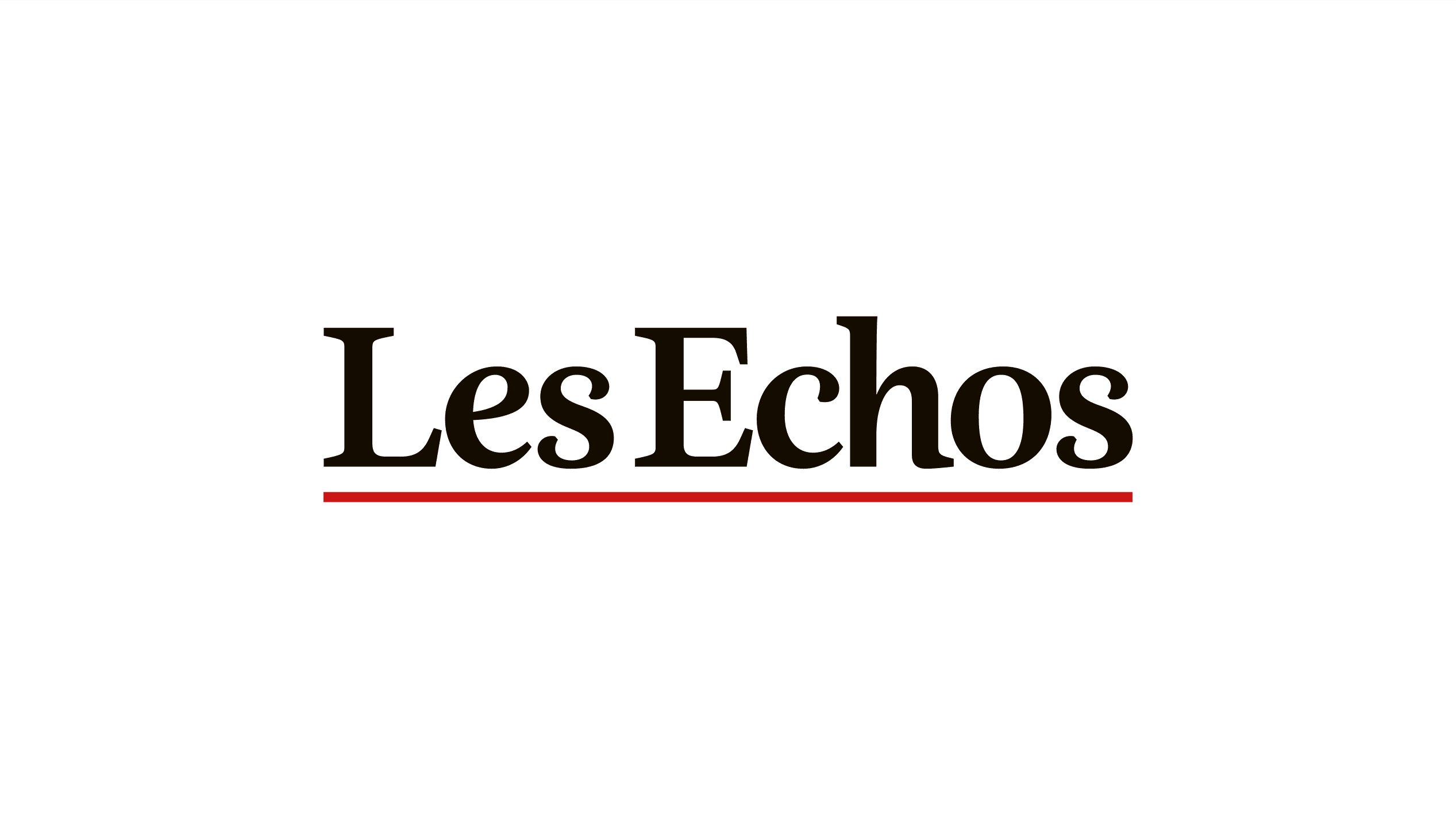The art of storytelling in Tech: triumph through narrative

Table of contents
The mobile app market is booming, with staggering results. The Apple Store offers around 2.11 million apps, while Google Play (Android) boasts 3.3 million. In 2022, there were 151 billion downloads on these two platforms (an 8% increase from 2021), and users spent nearly 123 billion euros.
It's no wonder that many entrepreneurs seek to capitalize on these opportunities, with thousands of new apps launching each year. However, despite this enthusiasm, disillusionment is common: 95% of apps fail.
Why do so many digital ventures fail?
There are numerous reasons for this, including the lack of relevance (the apps don't solve any problems), lack of originality, targeting the wrong audience, or having a non-existent (or worse, disastrous) monetization strategy.
But don't be discouraged; there is a way to navigate this ruthless environment: storytelling.
Storytelling, or the art of telling stories, involves structuring and presenting information in a way that captivates and engages your audience. While not a miracle solution, making the effort to build a narrative around your product can help you avoid these pitfalls.
Let's use the power of storytelling to develop your app.
Work on the relevance of your idea
Too often, app ideas are enthusiastically conceived without assessing whether they address real needs. A thorough market study is essential, and tools like surveys, interviews, and competitive analysis can provide valuable insights.
But how can storytelling also help?
Let’s take a moment to think about a great idea you had: a fitness app to combat sedentary lifestyles. Great! It's a promising idea. But does it truly serve a purpose? To determine if this idea holds up, let's use the structure of a story.
A good story has five stages:
Initial situation
Disruptive element
Complications
Resolution
Final situation
In the case of our project, we can see it as follows:
Initial situation: Your users are stuck in their sedentary routine, feeling guilty every time they eat a slice of pizza.
Disruptive element: They discover your fitness app, promising to transform them into real athletes.
Complications: They start using the app, follow training programs, share their progress, and receive encouragement.
Resolution: After a few months, they see real changes, feel better, and become stars of their own social sports network.
Final situation: Your users are now active and proud of their accomplishments... and your app becomes their indispensable ally!
Convinced by this story? Then go for it!
The success story of Shazam: when relevance makes all the difference
The idea behind Shazam is simple, yet it solves a universal problem. You're in a café, a song is playing on the radio, and you love the melody. However, you can't remember the title or the artist. Frustrating, right? With Shazam, a few seconds are all it takes to solve this musical mystery. Shazam turns the frustration of millions of people into a magical experience.
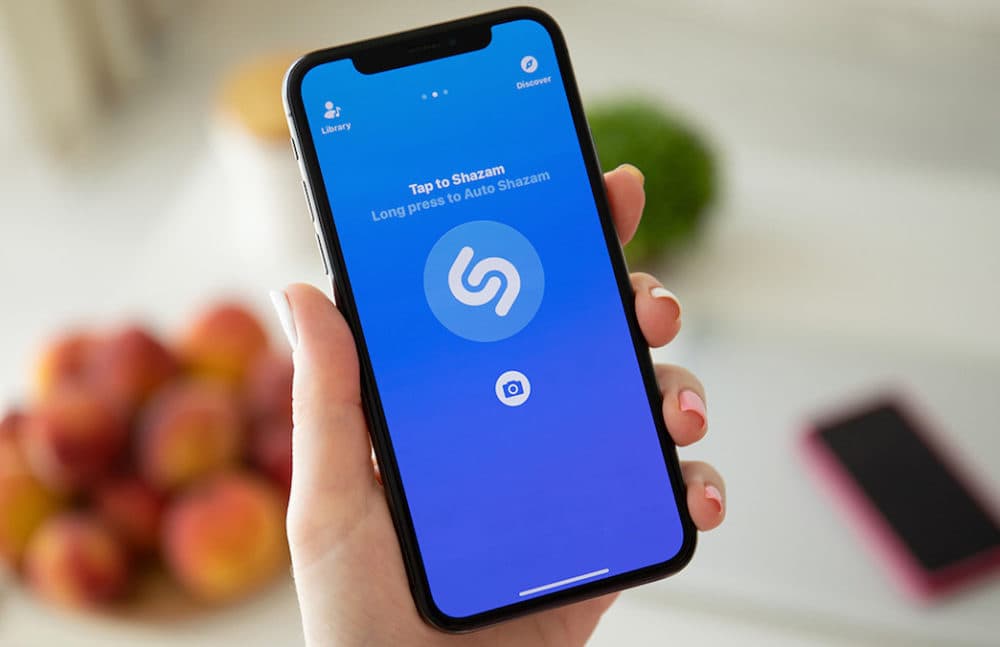
Be original !
Let’s stick with our fitness app idea.
You’ve passed the first stage and convinced partners to join your project. During your brainstorming sessions, you wonder what this product will look like. Do you want to develop yet another Instagram-inspired app in the fitness world? No, thank you.
To stand out in the market, it’s essential to adopt unique and captivating storytelling. Either the story is groundbreaking (an app that changes everything) or the angle is interesting (you find your niche).
Let’s improve the initial narrative by starting with the brand name: ActiveHero (simple but effective!).
Initial situation: your users are ordinary people stuck in a sedentary routine, spending most of their day sitting in front of a screen.
Disruptive element: users discover ActiveHero, an app that doesn’t just offer physical exercises but turns every workout session into a heroic mission. In short, each user becomes the hero of their own fitness adventure.
Complications: instead of typical exercises, ActiveHero challenges users with missions inspired by movie and video game heroes. One day, they might run to save an imaginary city; the next, they train to climb virtual mountains. Each mission is accompanied by an engaging story and immersive graphics.
Resolution: with each mission accomplished, users earn points, unlock new levels and virtual equipment, and receive encouragement from the community of other "heroes" using the app.
Final situation: users not only feel fitter but also more motivated and engaged thanks to the gamification of their exercise routine. They have not only lost weight or gained muscle but also experienced an epic adventure that transformed them into heroes of their own story.
Airbnb: a success story where originality shines
The American tourism giant didn’t just create a vacation rental platform. It tells the story of global hospitality, cultural discovery, and human connection, transforming a simple idea into a phenomenon.
Every story has its hero!
Many entrepreneurs are passionate about their concept and believe their application is so exceptional that users will instantly love it, without clearly identifying their target audience.
To define your core target with ActiveHero, imagine a central character, like Sophie, a graphic designer who spends long hours sitting in front of a screen. She often feels tired and lacks the energy to exercise. Sophie loves video games and TV series, which gives her a good reason to stay home after work. However, she aspires to be more active and healthier, but finds traditional exercise routines boring and demotivating.
With ActiveHero, you cater to Sophie’s aspirations by transforming each workout session into a mission inspired by video games with immersive graphics and stories. You offer her daily challenges that align with her interests (e.g., running to save an imaginary city) and a community of other heroes who encourage her (or whom she can challenge!).
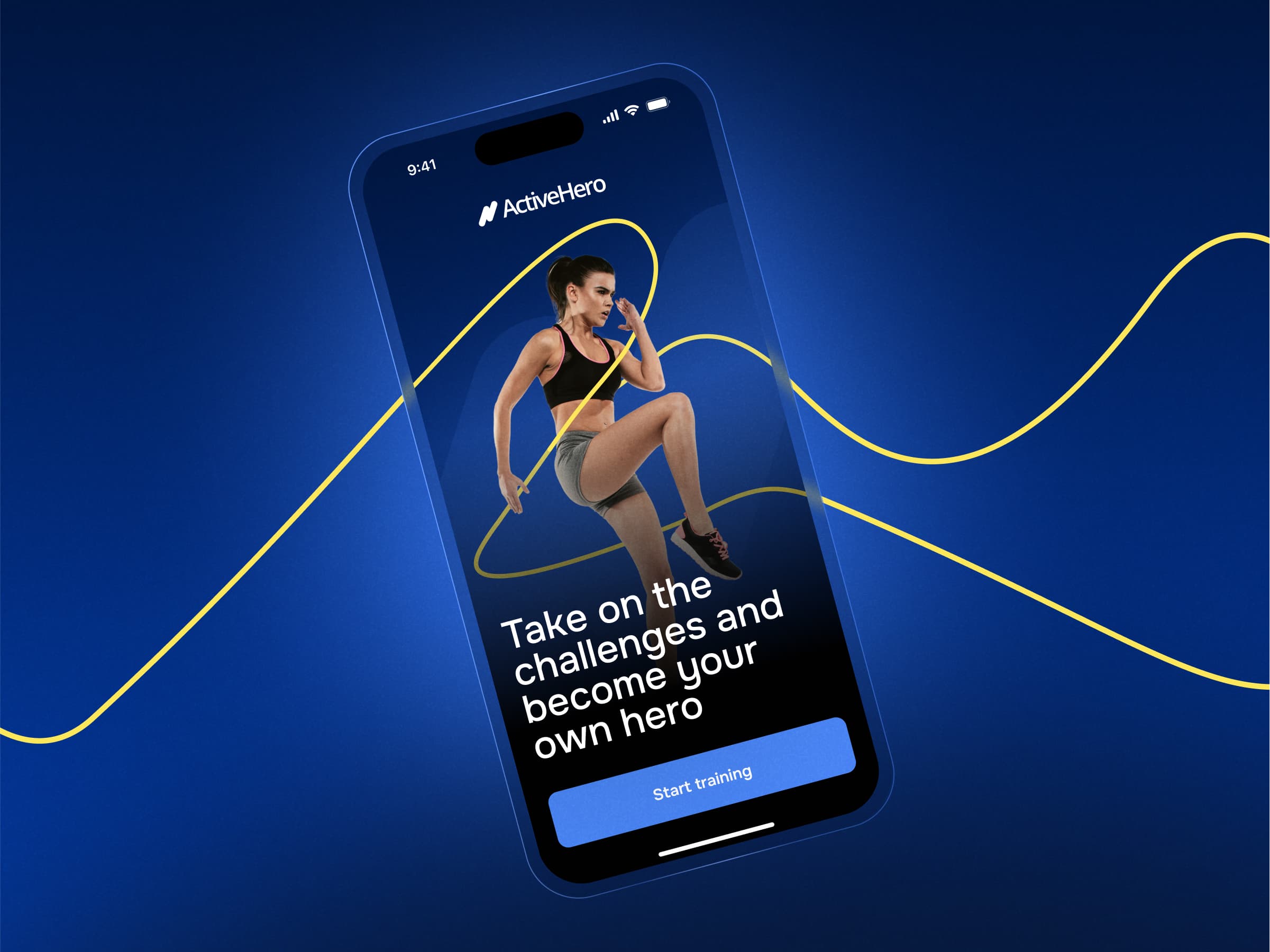
The example of Nike: mastering the art of targeting the right audience
The renowned sports equipment brand doesn't just sell shoes. Its famous slogan "Just Do It" speaks to the athlete within each of us. Nike's storytelling centers on the hero – the athlete, whether a professional or someone running for pleasure. By focusing on this main character, Nike has created a loyal and engaged community.
Monetizing enjoyment
Without a plan to generate revenue, an app is doomed to fail. Once again, storytelling is a crucial asset to convince your stakeholders to financially invest in your app.
Indeed, a well-crafted story can justify the cost of premium features. It creates an emotional connection with users, making them more inclined to pay for premium features or subscriptions.
In the case of ActiveHero, Sophie, our central character, receives a mission to save a city from a zombie invasion by completing specific fitness exercises. Each mission is narrated immersively, and premium features can be integrated into the story.
Example 1 : This could involve offering special equipment or additional powers that can be purchased to help Sophie complete her missions more efficiently. These purchases are not merely transactions but meaningful upgrades within the context of the story, thereby justifying their cost.
Example 2 : You could build a community around Sophie’s efforts. You can offer community quests where users must unite to complete a group mission, such as repelling an ever-growing zombie invasion. This creates an opportunity for Sophie to purchase and proudly display her special powers or gadgets, making her a formidable warrior!
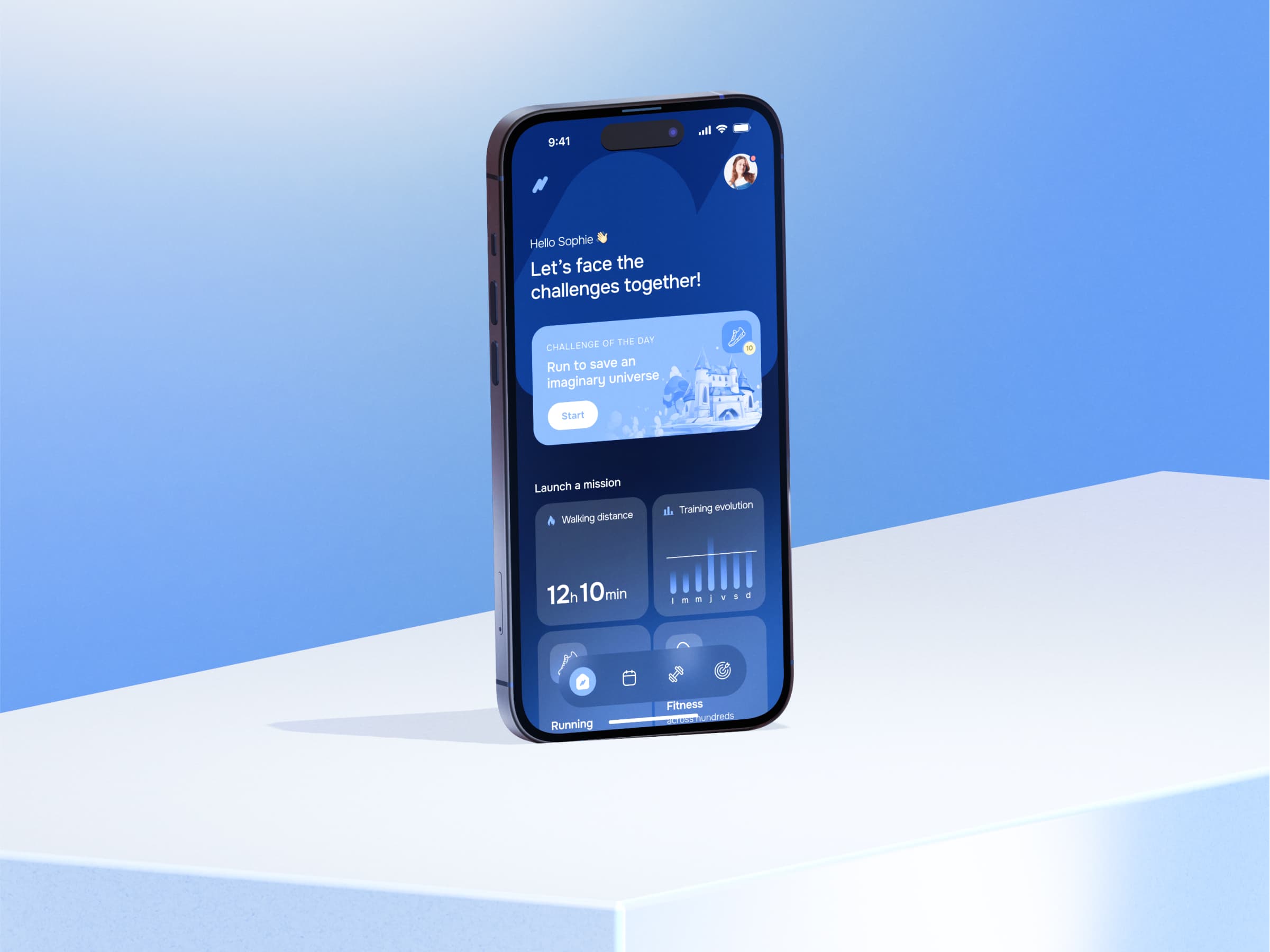
Headspace: the art of turning wellness into commercial success
The meditation app Headspace uses storytelling to guide users through meditation sessions with soothing and instructive narratives. The app’s premium features offer more in-depth meditations and specialized programs, justified by the positive impact these stories have on users' mental well-being.
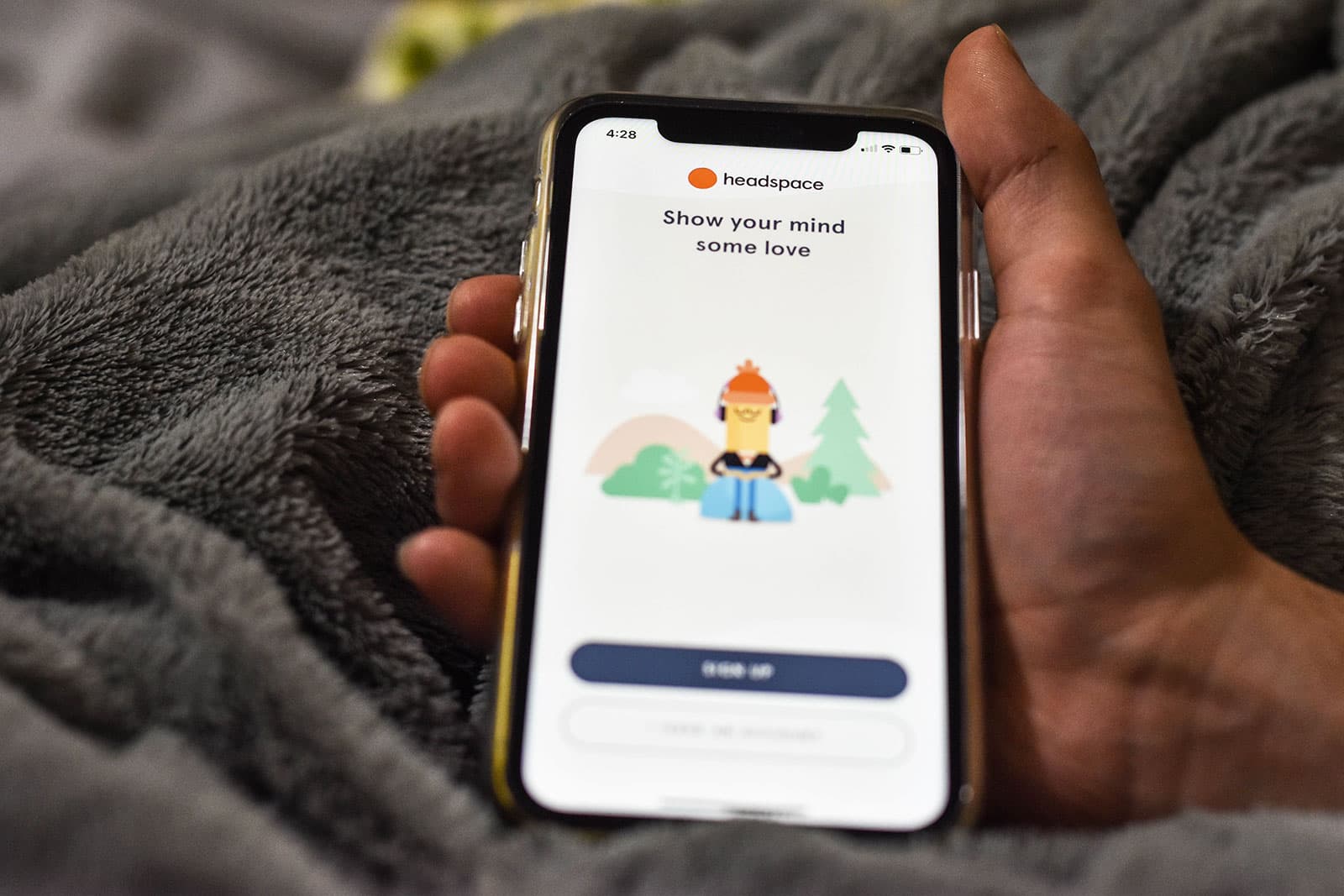
Headspace: The app that introduced millions to meditation
Integrating storytelling into the Lean Canvas: a winning bet?
Another proven method for achieving similar results is the Lean Canvas. The Lean Canvas is a structured visual tool that captures product development ideas quickly and concisely. However, unlike storytelling, which engages stakeholders with an emotional and captivating narrative, the Lean Canvas requires a more rigorous analytical approach. This can make its adoption more challenging for some, but combining the two methods can offer valuable clarity and depth for product development.
Here’s why storytelling fits well within this framework.
Clarifying the problem and solution
Storytelling helps clarify and articulate the problem the product aims to solve and the proposed solution in an engaging narrative. By telling a story around the problem, stakeholders can better understand the relevance and importance of the solution.
Engaging stakeholders
Stories captivate attention and allow for emotional connection with stakeholders. This is crucial for gaining their support and engagement, whether they are investors, team members, or potential customers. The Lean Canvas, being a visual presentation tool, benefits from this narrative approach to make ideas more memorable.
Defining the target customer
Storytelling helps create a clear and detailed portrait of the target customer by narrating stories about their challenges, needs, and behaviors. This personalization makes the customer segment of the Lean Canvas more vivid and easier to understand.
Adding value
Using stories to illustrate how the product adds value to the customer makes it simpler to demonstrate the uniqueness and relevance of the value proposition. Stories help illustrate concrete use scenarios and tangible benefits for customers.
Validating assumptions
Problem, solution, and market assumptions can be validated or invalidated more effectively through storytelling. By telling stories of tests and experiments, it is possible to present anecdotal evidence that supports or refutes the assumptions listed in the Lean Canvas.
Showcasing channels and revenue
Stories can show how the product reaches customers through various channels and how these channels contribute to revenue streams. Narratives help illustrate distribution and monetization strategies in a more comprehensible and tangible manner.
Simplifying key partnerships and resources
By telling stories about key partners and resources needed, it becomes easier to demonstrate their importance and how they contribute to the product’s success. Stories can explain complex collaborations in a simple and intuitive way.
Reducing costs
Storytelling helps illustrate innovative approaches to reducing costs by narrating how other companies or projects have successfully done so. This makes cost-reduction strategies more credible and inspiring.
Practical example
Problem: parents are stressed by the lack of time to prepare balanced meals for their children.
Solution: a delivery service for healthy and balanced meals, ready to heat.
Storytelling: “Marie, a mother of two, works long hours and finds it difficult to prepare nutritious meals. One evening, she discovers our delivery service. In just a few minutes, she can serve a healthy dinner to her children, reducing her stress and increasing quality family time!”
Conclusion
Ultimately, a good story can make the difference between anonymity and dazzling success. Integrating storytelling into your app design can be a key element of its success. Storytelling not only makes your app more attractive but also helps measure its relevance, justify the cost of premium features, and improve user retention.
For entrepreneurs, your personal story can be a considerable asset for successful storytelling (that’s the whole point of personal branding). You will inspire your users to become the heroes of their own adventure through your product.
